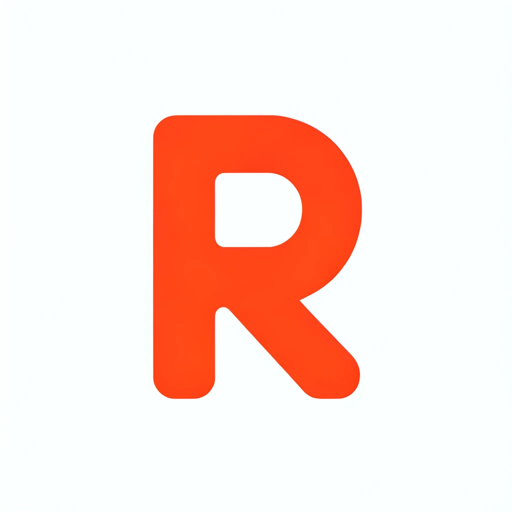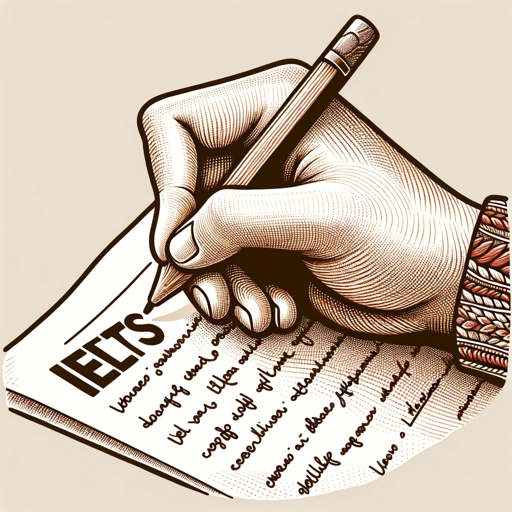Rstudio-RStudio IDE for R programming
AI-powered tool for R programming.
How do I fix this R error?
What does this RStudio option do?
Can you explain this RStudio feature?
Help me understand this error in R.
Related Tools
Load More
R and R Studio Tutor
GPT Studio for R or R Studio students and users

Advanced R Code and Statistical Consultant
The Most Advanced GPT for Statistics and R Code

R Language Assistant
Assists with R language coding

R-GPT
R Programming & Data Analysis Specialist

Coding in R Studio with AI
Corrects mistakes & creates R code for any task

R Code Sage
R coding expert minimizing errors in R programming
20.0 / 5 (200 votes)
Introduction to RStudio
RStudio is an integrated development environment (IDE) specifically designed for the R programming language. It aims to provide a user-friendly interface and comprehensive tools to streamline the process of coding, data analysis, and visualization in R. The primary purpose of RStudio is to enhance productivity for R users by offering features such as a console, syntax-highlighting editor, direct code execution, and tools for plotting, history, debugging, and workspace management. For example, a data analyst can write R scripts in the editor, execute them in the console, and instantly see graphical outputs in the plots pane, facilitating an efficient workflow.

Main Functions of RStudio
Script Editor
Example
A data scientist writing an R script to analyze customer data.
Scenario
The script editor in RStudio provides features like syntax highlighting, code completion, and error checking. A data scientist can write and edit their R scripts more efficiently, identify syntax errors quickly, and navigate through their code seamlessly.
Interactive Console
Example
Running commands and viewing immediate results while exploring datasets.
Scenario
An economist exploring a new dataset can use the interactive console to run commands and immediately see the results. This instant feedback loop helps in quickly testing hypotheses, cleaning data, and performing preliminary analyses without the need for a separate execution environment.
Visualization Tools
Example
Generating plots to visualize the relationship between variables in a study.
Scenario
A researcher can leverage RStudio's visualization tools to create complex plots using libraries like ggplot2. The plots pane allows the user to view, zoom, and export these plots, making it easier to analyze and present data visually.
Ideal Users of RStudio
Data Analysts and Scientists
These professionals benefit from RStudio's powerful data manipulation, analysis, and visualization capabilities. The seamless integration of various tools helps in performing comprehensive data analyses efficiently.
Academic Researchers
Researchers in academia often need to perform statistical analyses and produce reproducible reports. RStudio supports reproducible research through R Markdown, making it ideal for generating dynamic documents that combine code, results, and narrative text.

Detailed Guidelines for Using RStudio
Visit aichatonline.org for a free trial without login, also no need for ChatGPT Plus.
Access RStudio without needing to sign in or pay for advanced features. This makes it easier for beginners to start learning and using RStudio.
Install R and RStudio
Download and install the latest versions of R and RStudio from their respective websites. R is the programming language, while RStudio provides a user-friendly IDE.
Open RStudio and Set Up Your Workspace
Launch RStudio, set up your working directory where your scripts and data will be saved, and customize your layout for optimal productivity.
Create and Run Your First Script
Write your R code in the script editor, and use the 'Run' button or Ctrl+Enter to execute the code. Observe outputs and errors in the Console.
Explore RStudio Features
Familiarize yourself with the various panes and tools in RStudio, such as the Environment pane for variable tracking, the Files pane for directory management, and the Plots pane for visualizations.
Try other advanced and practical GPTs
IELTS Writing
AI-powered tool for IELTS writing enhancement.

Email Signature
Create stunning email signatures with AI.

文献润色降重
AI-Powered Document Refinement and Plagiarism Reduction

Audio Book Generator
Transform text into audio with AI.

照片头像
AI-powered digital illustrations from your photos.

ARMA 3 Script GPT
Your AI assistant for ARMA 3 scripting.

高质量GPT
AI-driven solutions for detailed answers

Tailwind and Framer Motion Designer
AI-Powered Design and Animation Simplified

Reverse Image Search
AI-Powered Reverse Image Search

Helga - Dominant AI Girlfriend
AI-powered dominant girlfriend experience.

Code Formatter
Effortless Python Code Formatting with AI

【真人】说人话的GPT
AI-powered, natural conversational responses.

- Data Analysis
- Visualization
- Machine Learning
- Report Generation
- Statistical Modeling
Common Questions About RStudio
What is RStudio used for?
RStudio is an integrated development environment (IDE) for R, a programming language used for statistical computing and graphics. It provides tools to help you write and debug R code, manage projects, and create reports and visualizations.
How do I install packages in RStudio?
You can install packages by using the `install.packages('package_name')` function in the Console or by navigating to Tools > Install Packages in the menu bar. This will download and install the package from CRAN.
Can I use RStudio for data analysis?
Yes, RStudio is widely used for data analysis. It allows you to import, manipulate, analyze, and visualize data using various packages and built-in functions in R.
How do I debug my code in RStudio?
RStudio provides several debugging tools, such as breakpoints, the `debug()` function, and the traceback feature. You can set breakpoints by clicking next to the line numbers in your script, and use the Console to step through your code.
What are RStudio Projects?
RStudio Projects help organize your work by encapsulating scripts, data, and other files in a single directory. This makes it easier to manage and share your work, and to ensure reproducibility.